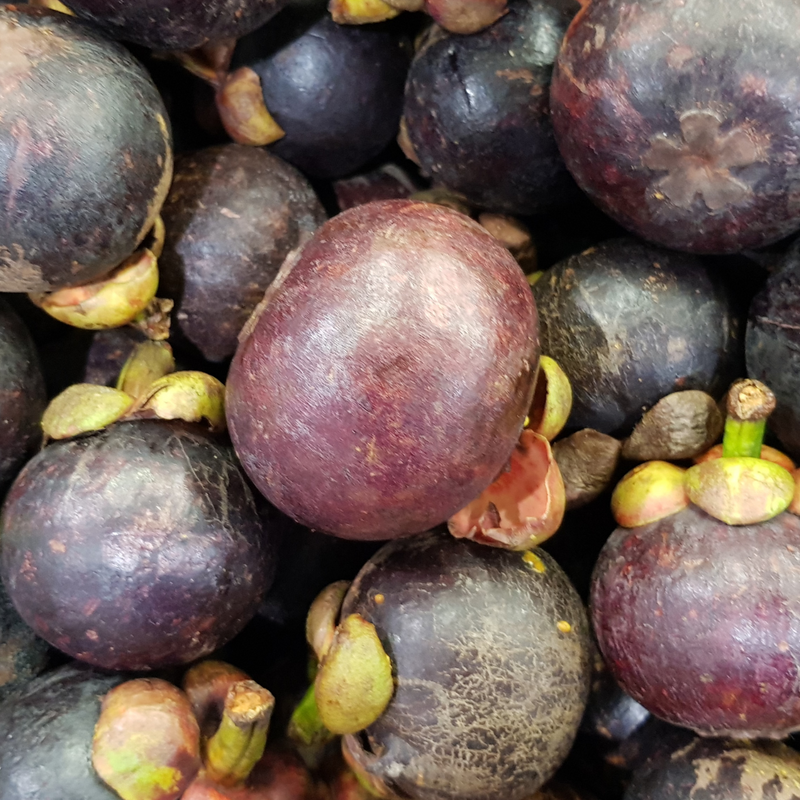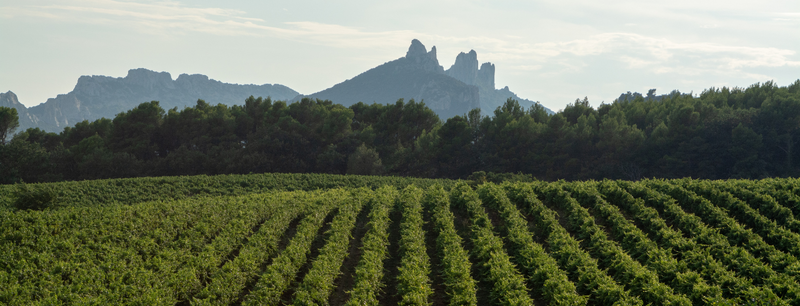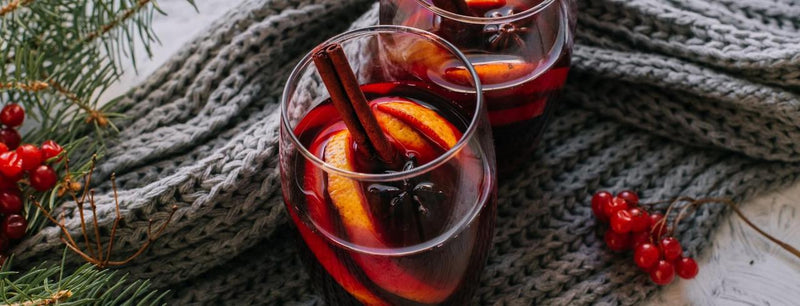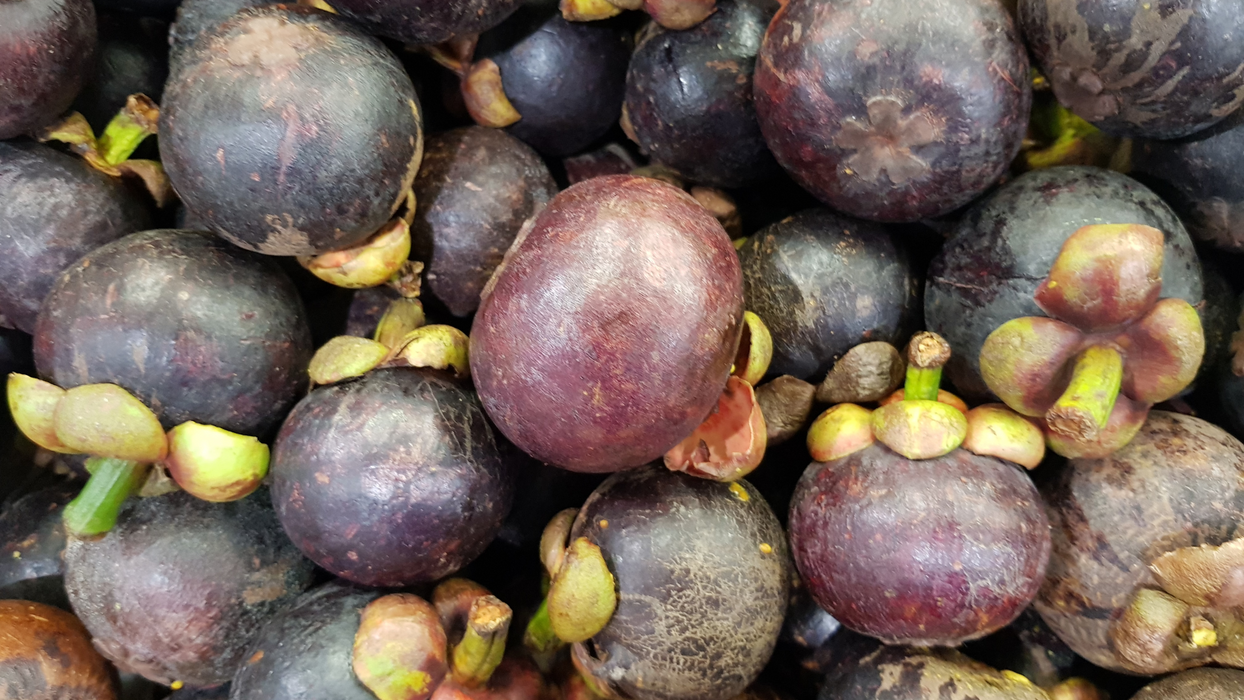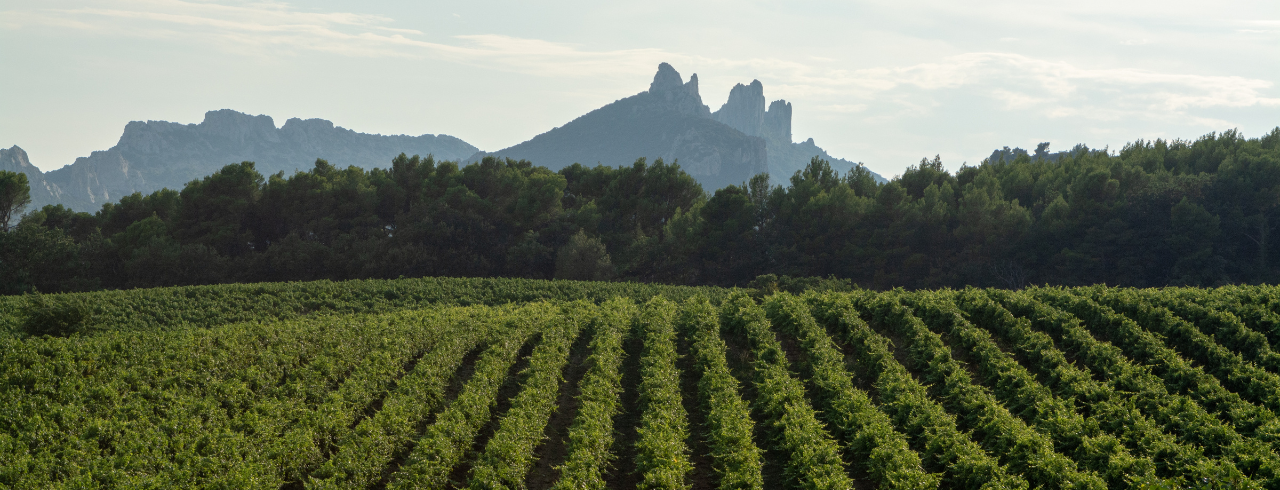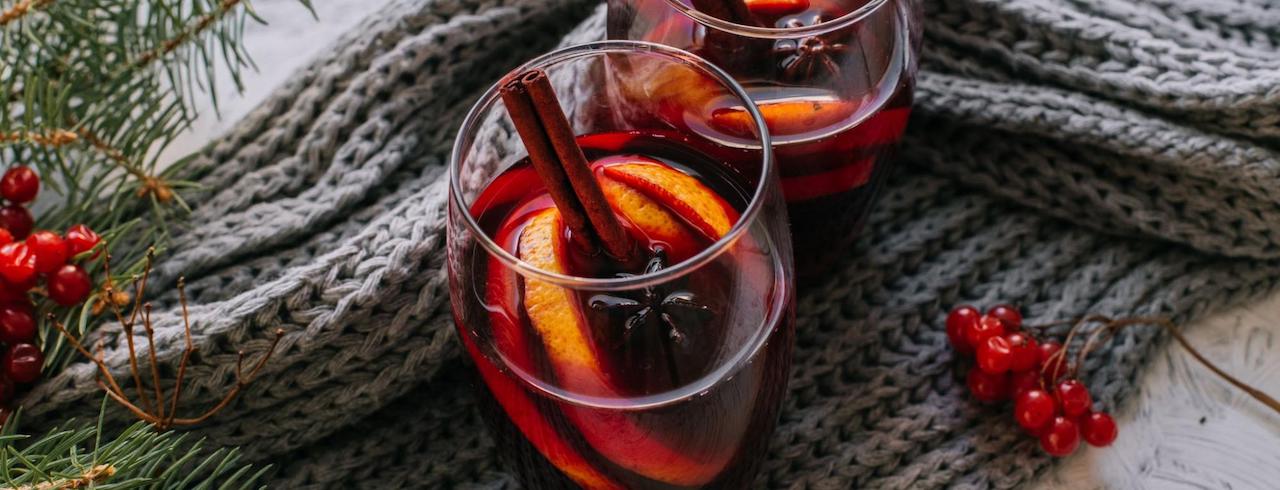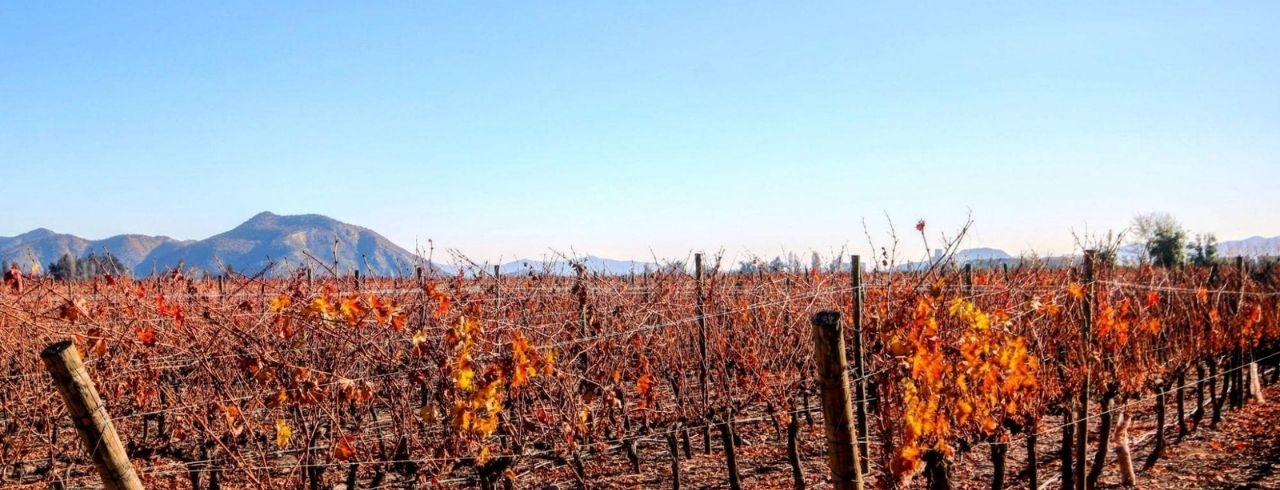
What Is Carménère Wine?
Like the vast majority of wines, Carménère wine is named after the grape used to make it. The Carménère grape is a wine grape variety originally planted in Bordeaux, France.
The Carménère grape is a member of the Cabernet family, making the wines that they produce pretty similar. Cabernet Sauvignon has made its mark as one of the most popular red wine grape varieties, but its relative, Carménère, is known for being a more distinct red: crimson.
Where Is Carménère Wine Made?
Although Carménère originated in Bordeaux, it is now almost exclusively grown in Chile. The story of Carménère is long, intricate, and remarkable.
In summary, here’s why Carménère is available to us today:
In 1860, when vine cuttings from the vineyards of Bordeaux came to Chile, many believed the majority of this growth to be Merlot. When in reality, the cuttings turned out to be Carménère.
The unconscious mistake was only uncovered in 1994 and probably saved Carménère from extinction. Chile now takes great pride in being officially recognized as the savior of the beautifully unique Carménère.
A Varietal Wine
Given Carménère’s rarity, it’s frequent that the grape is blended with others. A varietal wine is one made primarily from one grape, which typically gives the wine its name.
In Chile, a single-varietal wine is allowed to have up to 15% other grape varieties blended with it. Common blends with Carménère include Refosco, Syrah or Petit Verdot.
Wines with darker fruity notes like blackberry, black plum, and blueberry are usually a sign of the presence of other grapes blended in with the primary varietal.
100% Carménère wines generally have more red fruit flavors like raspberry and pomegranate along with the classic notes of green pepper and peppercorn.
Growing Carménère
Carménère is a tricky grape to manage, requiring a moderate amount of irrigation compared to other wines. The variety of grape takes precision in watering, planting, and harvesting.
Over-watered Carménère often has more notes of herbs and green pepper. Too-cold of a climate risks plague, while one that’s too-hot produces high alcohol wines with poor balance. Carménère grapes are harvested about 3 to 7 days later than Merlot to allow optimal ripeness.
Carménère’s successful growth in Chile rather than Bordeaux is greatly accredited to Chile’s milder climate.
Carménère’s deep red color is achieved with high levels of sunshine and warm summers. The Chile region allows the grape variety to take on the plumpness of Merlot and the notes of Cabernet Sauvignon.

Carménère Tasting Notes
When produced with grapes at optimal ripeness, Carménère imparts an overall fruity flavor with savory, smoky, and spicy notes. Typical aromas include red fruits, berries, spices, and the occasional green pepper.
Carménère has a dry sweetness, medium body, and medium-high acidity. Due to its relative mildness compared to other wines of Bordeaux origin, Carménère pairs with plenty of dishes.
What To Eat Alongside A Glass Of Carménère
Being fruity, herby, and acidic, you can enjoy Carménère beside all food groups. Carménère’s savory flavors pair well with grilled, smoked, or roasted lean meats, such as pork and lamb.
The wine’s high acidity and herbal properties serve acidic sauces like chimichurri or salsa verde well. We recommend a glass of Carménère with any spicy dish or spice-filled hard cheese.

Here are a few options for you to start with:
Spicy Green Chile Pork Tacos: Spicy Serrano chile peppers alongside some onion, green salsa, and pork will bring the liveliness of Chilean culture to your palette.
Spicy Grilled Lamb Chops: Curry powder and ginger may sound like an overwhelming combination to pair with Carménère’s fruit flavors, but keep in mind the wine’s ability to carry notes of peppercorn. Give the pairing a try and see for yourself if it’s your cup of tea (or wine).
Chilean Sea Bass: A lemon, dill, and caper sauce laid over a Chilean sea bass highlight the acidity and herbaceousness of a delicate Carménère.
It’s often said that red wines are not ideal for very light dishes that might be overpowered by its character. However, Carménère is noted for its versatility. Many find it to be a suitable red for fish or chicken due to its relative gentleness.
Carménère is always a safe bet. If you’re going to dinner and you need to bring the wine, remember Carménère’s versatility.
Explore The Versatility Of Carménère
Overall, Carménère is a unique wine. Given its history, flavor, and aroma notes, Carménère can bring you a wine-tasting experience unlike any other.
With ties to Cabernet and Merlot, this red may feel familiar at first sip, but its versatility will find its way into more meals of your life.
Whether you decide to enjoy this wine with a simple cheese or a spicier dish, Carménère will play its role as a beautiful glass of wine to enhance your dining experience
